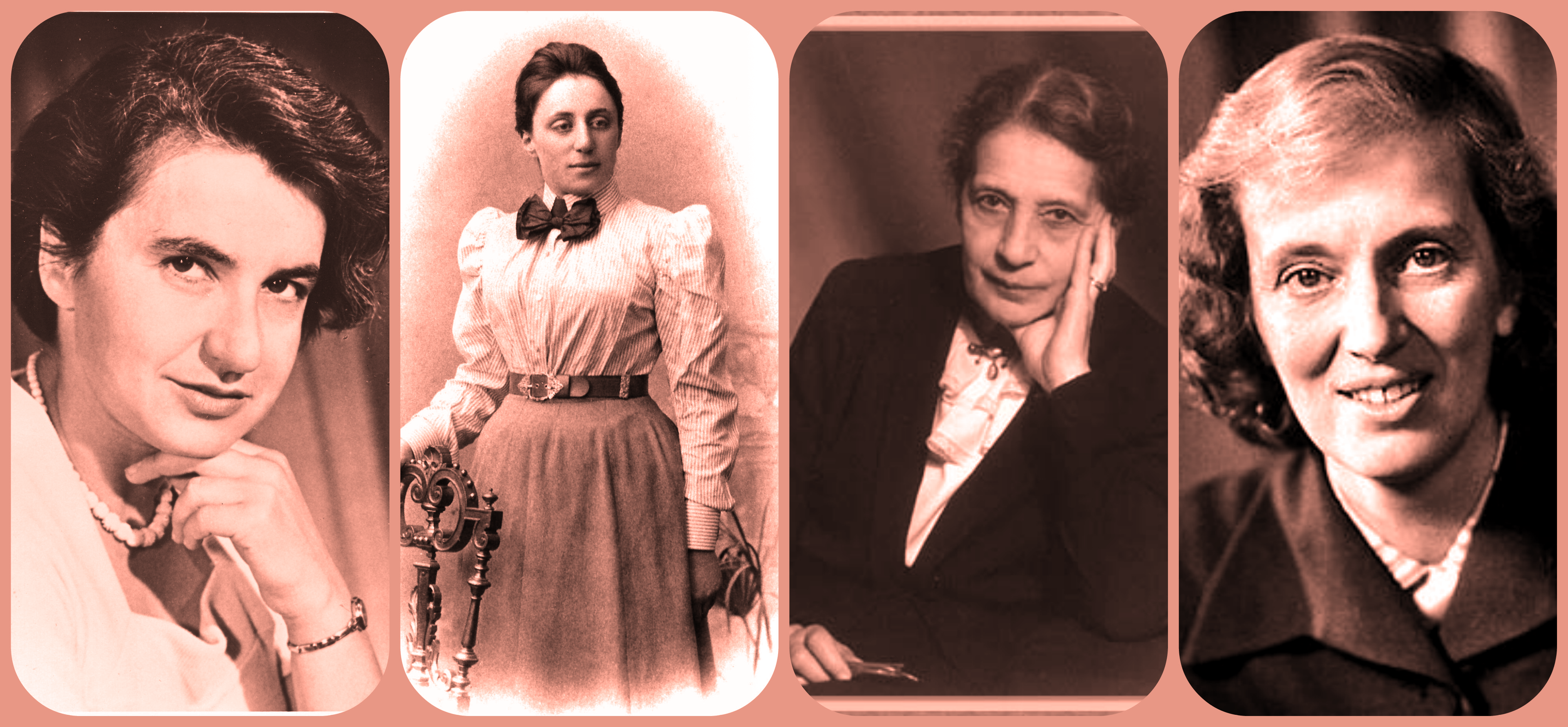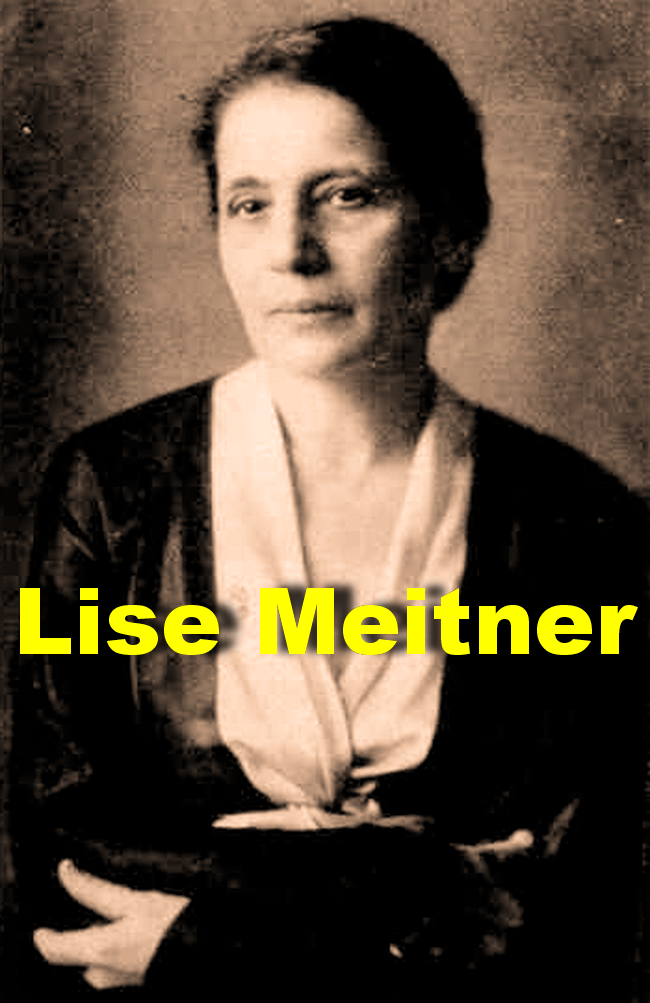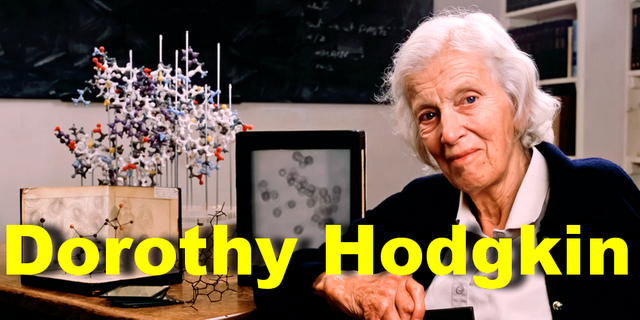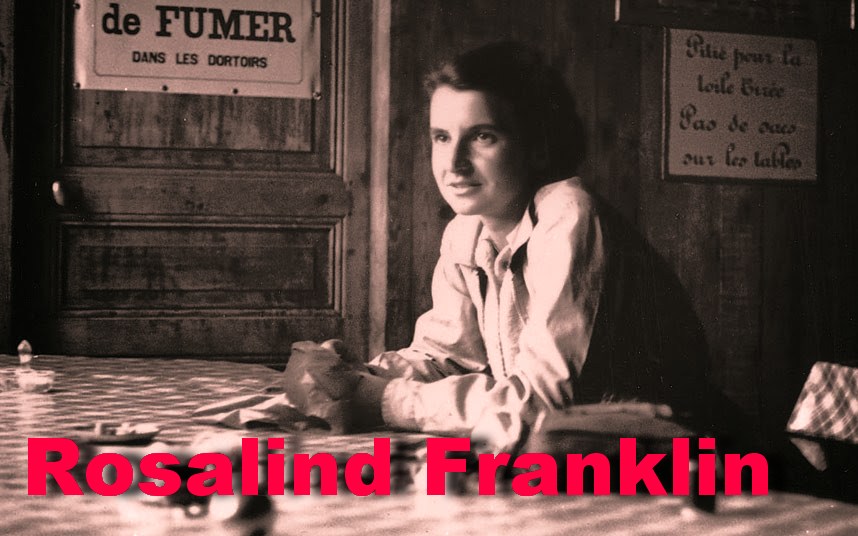1- Emmy Noether
(March 23, 1882 - April 14, 1935) is a German mathematician specializing in abstract algebra and theoretical physics. Described by Albert Einstein as "the most significant creative mathematical genius ever since women had access to higher education," she has revolutionized the theories of rings, bodies, and algebras. In physics, Noether's theorem explains the fundamental link between symmetry and the laws of conservation and is considered as important as the theory of relativity.

.png)
2-Lise Meitner
Lise Meitner (English: November 1, 1878-1827, October 1968), was an Austrian-Swedish physicist who worked on radioactivity and nuclear physics. Meitner and Otto Hahn led the small group of scientists who discovered the nuclear fission of uranium by absorbing an extra neutron; the results were published early in 1939. [4] [5] Meitner and Otto FrischOn understand that the fission process, which divides the atomic nucleus of uranium into two smaller nuclei, must be accompanied by a huge release of energy. Nuclear fission is the process used by nuclear reactors to generate heat and, subsequently, electricity. [6] This process is also the basis of the nuclear weapons that were developed in the United States during the Second World War and used against Japan in 1945.

3-Dorothy Hodgkin
Dorothy Hodgkin, born Crowfoot May 12, 1910 in Cairo and died July 29, 1994 in Ilmington, Warwickshire, is a British chemist. It is a pioneer of X-ray diffractometry, a method of crystallography that makes it possible to determine the three-dimensional geometry of complex molecules, in particular molecules of biological origin. She received the 1964 Nobel Prize in Chemistry "for her determination by X-ray techniques of structures of important biochemical substances". Although she recognized that her work on insulin was the most important of her life, she never stopped fighting for peace and social justice

5-Rosalind Franklin
Rosalind Elsie Franklin (July 25, 1920 - April 16, 1958) [1] was an English chemist and X crystallographer who contributed to the understanding of the molecular structures of DNA (deoxyribonucleic acid), RNA (ribonucleic acid), virus, anthrax and graphite. [2] Although his work on anthrax and viruses has been appreciated in his life, his contributions to the discovery of DNA structure have been widely recognized after his death.
